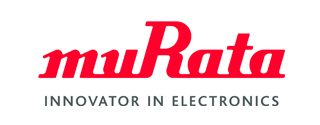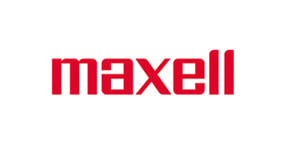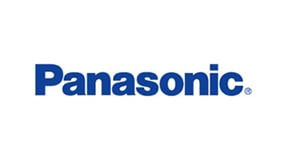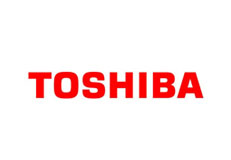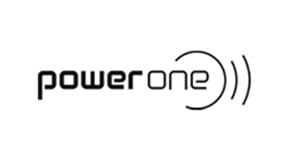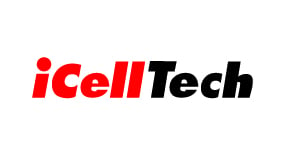Used Battery Recycling - Recycling Lithium Batteries, Recycling NiCD Batteries
Battery Recycling
![]()
Battery recycling is a recycling activity that aims to reduce the number of batteries being disposed as municipal solid waste. Batteries contain a number of heavy metals and toxic chemicals and disposing of them by the same process as regular trash has raised concerns over soil contamination and water pollution.
How are Batteries Recycled?
The following is a brief description of how each major chemistry of battery is recycled at a recycling facility.
LEAD ACID BATTERIES | ALKALINE/ZINC AIR/ZINC CARBON BATTERIES | LITHIUM ION BATTERIES | NICKEL-CADMIUM (NiCD) | NICKEL METAL HYDRIDE (NiMh) | LITHIUM BATTERIES | MERCURY BATTERIES
A. Lead Acid Batteries
5 Basic Steps
1. Collection: Batteries are collected from the disposal and waste collection points and taken to the recycling facility
2. Crushing: On reaching the recycling facility, the battery is broken apart in a hammer mill (machine that crushes the battery into small pieces)
3. Sorting: The broken pieces are taken through a vat, where heavy metals and lead are separated from the plastic.
4. Sieving: Polypropylene pieces are scooped out and the liquids sieved to only leave the lead and heavy metals. The Polypropylene pieces are washed then ferried downstream to manufacture new battery casings.
5. Hydro-metallurgical and Pyro-metallurgical processes: This is the processes used for extracting valuable metals and minerals from their ores. It is the final processes are used in battery recycling to extract lead and other heavy metals from the battery residue after the fourth step. Hydrometallurgy is an extractive process that uses aqueous chemistry in a process complemented by pyrometallurgy which facilitates the chemical and physical transformations to recover lead and other valuable metals. The process includes calcinations, roasting, smelting and refining to retrieve the lead final product.
Lead acid batteries are closed-loop recycled, meaning each part the the old batteries is recycled into a new battery. It is estimated that 98% of all lead acid batteries are recycled.
B. Alkaline/Zinc Air/Zinc Carbon Batteries

![]()
Alkaline Zinc Air /Zinc Carbon Batteries are 99.9% recycled in an innovative mechanical dismantling process where the battery parts are sorted into three end products. These parts include 1) steel, 2) paper and plastic, and 3) zinc and manganese concentrate. They are then all taken back to recycling facilities where they are re-used to make new products. These batteries are 100% recycled.
C. Lithium Ion Batteries

These batteries are recycled in a specialized ”room temperature, oxygen-free,” mechanical process during which the battery components are separated into three end products. These items are; a) cobalt & lithium salt concentrate, b) stainless steel, c) copper, aluminum and plastic. All of these products are then put back on the market to be reused in new products. These batteries are 100% recycled.

D. Nickel-Cadmium (NiCd)
Prior to the recycling process, plastics are separated from the metal components. The metals are then recycled via a high temperature metal reclamation (HTMR) process during which all of the high temperature metals contained within the battery feedstock (i.e. nickel, iron, manganese, and chromium) report to the molten-metal bath within the furnace, amalgamate, then solidify during the casting operation. The low-melt metals (i.e. zinc and cadmium) separate during the melting. The metals and plastic are then returned to be reused in new products. These batteries are 100% recycled.
E. Nickel Metal Hydride (NiMh)

Prior to the recycling process, the plastics are removed from the cell portion. The cells go through a drying process to remove moisture (potassium hydroxide (KOH) electrolyte and H2O) from the cells. The drying process heats the cells in a time and temperature controlled manner via a proprietary and proven formula. Once these cells are dried they become a valuable feedstock for the stainless steel and or alloy manufacturing industries. The metals and plastic are then returned to be reused in new products. These batteries are 100% recycled.
F. Lithium Batteries

The contents of the batteries are exposed using a shredder or a high-speed hammer depending on battery size. The contents are then submerged in caustic (basic not acidic) water. This caustic solution neutralizes the electrolytes, and ferrous and non-ferrous metals are recovered. The clean scrap metal is then sold to metal recyclers to offset the cost of recycling these batteries. The solution is then filtered. The carbon is recovered and pressed into moist sheets of carbon cake. Some of the carbon is recycled with cobalt. The lithium in the solution (lithium hydroxide) is converted to lithium carbonate, a fine white powder. What results is technical grade lithium carbonate, which is used to make lithium ingot metal and foil for batteries. It also provides lithium metal for resale and for the manufacture of sulfur dioxide batteries.

G. Mercury Batteries
The batteries and heavy metals are recovered through a controlled-temperature process. It’s important to note: the percentage of mercuric oxide batteries is decreasing since the passage of the Mercury-Containing Rechargeable Battery Management Act (The Battery Act) of 1996. This act prohibits, or otherwise conditions, the sale of certain types of mercury-containing batteries (i.e., alkaline manganese, zinc carbon, button cell mercuric-oxide and other mercuric-oxide batteries) in the United States.

Battery Recycling Benefits
According the the EPA, these are some benefits of recycling:> Reduction in waste sent to landfills
> Conservation of natural resources, such as metals and minerals
> Helps prevent pollution by reducing the need to collect new, raw materials
> Saves energy
> Reduces greenhouse gas emissions that contribute to global climate change
> Helps sustain the environment for future generations
> Helps create new, well-paying jobs in the recycling and manufacturing industries in the United States
> Once the materials are recycled they can be reused in making new products
